Broad Street Cholera Pump
The John Snow Memorial marks the epicenter of London's 1854 cholera epidemic.
In the fall of 1854, 500 people died in just 10 days in the center of London in the worst of a series of cholera outbreaks. At the time, the way that cholera spread was a mystery, generally attributed to miasma, or bad air. Dr. John Snow, however, had a different theory: the drinking water was killing people.
In the 19th century, drinking water was provided to residents by several competing water companies who operated public pumps in water districts around the city. Most of these companies pumped their water directly out of the polluted Thames River.
London had suffered a series of debilitating cholera outbreaks before the 1853 outbreak, including serious outbreaks in 1832 and the worst outbreak which killed some 14,137 residents in 1849. That year Snow published his first paper outlining his theory of water-borne disease. In 1854 he got the chance to test his theory.
After studying the patterns of deaths and plotting their locations on a map overlaid with the various water districts, he identified one water pump on Broad Street as a potential cause. This particular pump was supplied by a company that drew water from an uncontaminated part of the Thames, which led him to the conclusion that it must be a problem with the pump itself, not the overall water supply. Upon closer inspection, it was revealed that the Broad Street pump was only a few feet from an open cesspool, and residents reported that the water has smelled foul a few days earlier. After appealing to community leaders, he took matters into his own hands and removed the handle to the pump.
According to popular legend that sprang up in the years following the epidemic, the outbreak immediately ended once the handle was removed. In reality, the outbreak was already in decline, and the specific contamination that had triggered the outbreak had probably come and gone. This fact was pointed out by Reverend Henry Whitehead, a local priest and fellow member of the parish inquiry committee who had initially been a critic of Snow, but after his own investigation came to support Snow’s conclusions. He said:
“I must not omit to mention that if the removal of the pump-handle had nothing to do with checking the outbreak which had already run its course, it had probably everything to do with preventing a new outbreak, for the father of the infant, who slept in the same kitchen, was attacked with cholera on the very day (September 8th) on which the pump-handle was removed. There can be no doubt that his discharges found their way into the cesspool and thence to the well. But, thanks to Dr. Snow, the handle was then gone.”
In 1855 Snow went on to publish a monograph outlining his theory of waterborne disease. His map showing the pattern of death, indicated by small black marks, related to the city’s water pumps became famous. Reverent Whitehead also did further research, learning in April of that year that a child on Broad Street had become ill and died at the same time that the outbreak had started. He concluded that it was the washing of soiled diapers into drains which flowed to the communal cesspool that contaminated the pump and started the outbreak. Snow’s map was modified to include the child’s death, bringing the number of dead at the residence to five.
A replica pump was displayed on the corner of Broadwick and Poland Street between 1992 to 2015, but was removed due to renovation at that location. However, this was never the true location of the original pump: for some time, this was marked by a red granite curbstone on the north side of the John Snow pub, situated on the corner of Broadwick and Lexington Street. In the summer of 2018, further renovation work placed the replica pump in the correct historical position.
Every year members of the John Snow Society hold “Pumphandle Lectures” on subjects of public health, accompanied by a ceremony of removing and then re-attaching the pump handle.
Upstairs at the John Snow pub, there is a collection of materials related to the life and works of Snow. As Snow was a teetotaler, he may or may not have approved.
Snow died at age 45 only a few years after the cholera outbreak while working on a paper about the effects of Chloroform and other Anaesthetics. It has been suggested that his first-hand research into the subject may have lead to his early demise. He was buried at Brompton Cemetery in London, where there is still a marker dedicated to him.
Know Before You Go
The pump is on Broadwick Street near the junction with Lexington Street. Outside the John Snow pub directly underneath the pub sign on a small platform.
It can be difficult to spot initially, as it blends in with the rest of the street furniture. The staff at the John Snow pub are always happy to direct visitors who are also invited to comment in the pub's visitors book. The nearest stations are Oxford Circus and Picadilly Circus. Access is level and it can be viewed at any time.
Community Contributors
Added by
Plan Your Trip
The Atlas Obscura Podcast is Back!


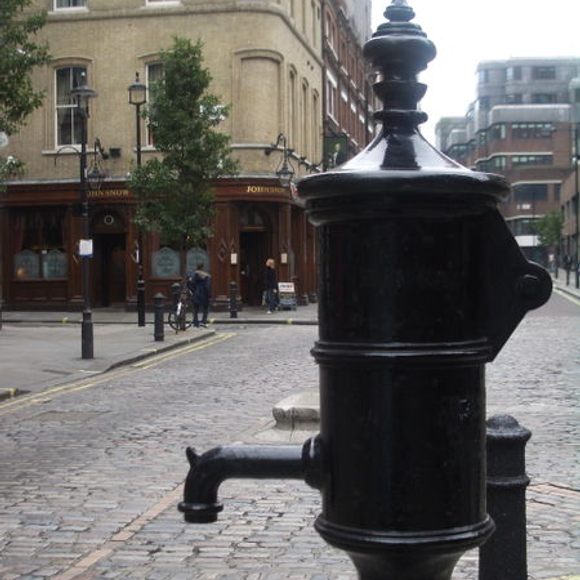







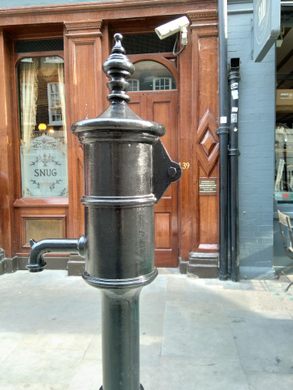



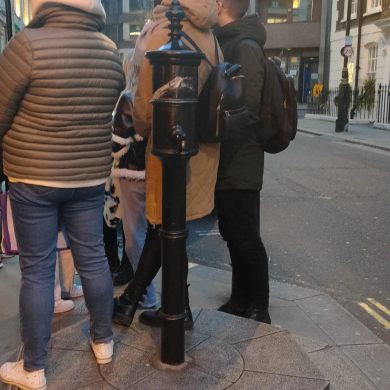
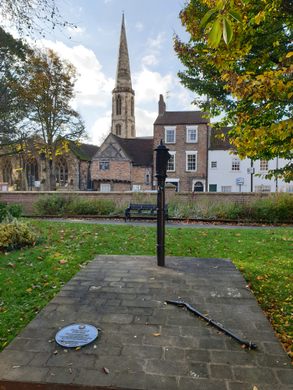
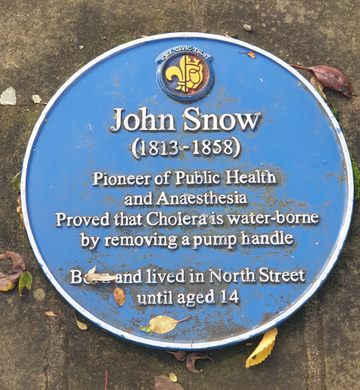


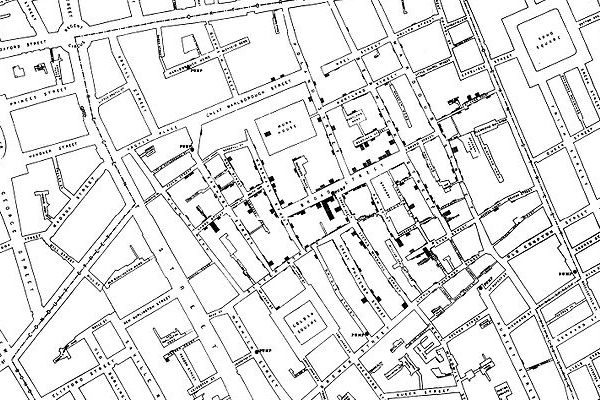


















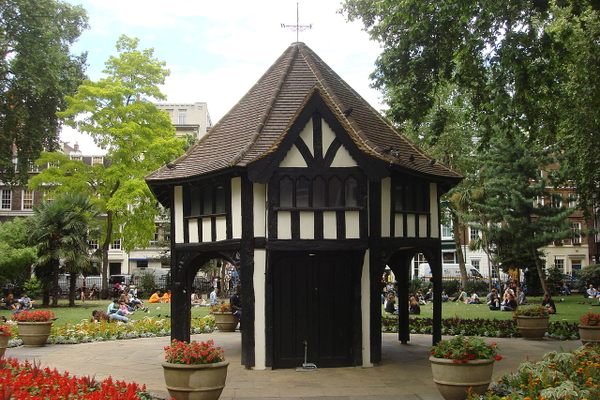




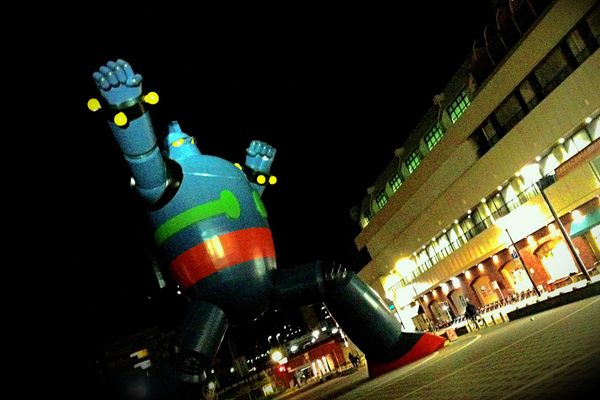

Follow us on Twitter to get the latest on the world's hidden wonders.
Like us on Facebook to get the latest on the world's hidden wonders.
Follow us on Twitter Like us on Facebook